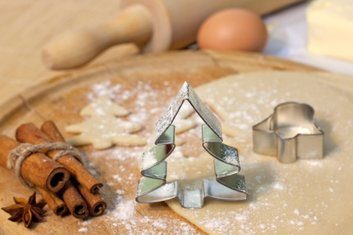
Easy substitutions
The holidays wouldn’t be the same without all your favourite treats-but why consume the extra fat and calories in the traditional versions when there are ways to make them healthy without even noticing?
We talked to Leslie Beck, Toronto-based dietitian and author of Leslie Beck’s Healthy Kitchen, about our favourite healthy substitutions, and what makes them a better choice.
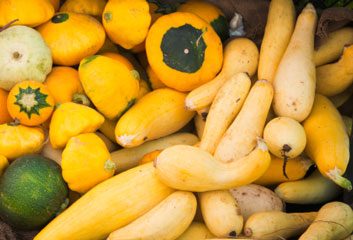
Spaghetti squash for pasta
The flesh of spaghetti squash, as the name implies, separates into thin strands when it’s cooked, making it the perfect spaghetti substitute. Cover this sweet squash with any sauce for a delicious take on traditional pasta-not only is it tasty, it’s much healthier.
“Spaghetti squash is much lower in calories than pasta, and you get some vegetables in there as well. One cup is just 42 calories and 10 grams of carbs. Since it’s a vegetable, you’re getting vitamins and minerals. It’s a source of vitamin A, potassium and calcium and fibre. And it’s fat free.”
If you choose white pasta instead, not only is it more calories, it also doesn’t have the same vitamin content. “One cup of regular white pasta is 221 calories, so that’s a big difference,” says Beck. “White pasta has less than half of the potassium, no vitamin A, no beta-carotene, and only one third of the calcium.”
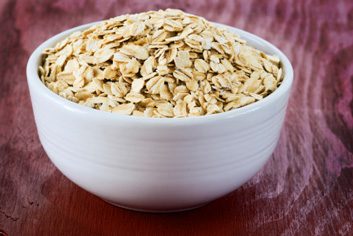
Oats for breadcrumbs and flour
Oats are great for more than just breakfast. Because of their texture, they work well in baking to replace half the flour, and they’re perfect for topping dishes that usually call for breadcrumbs.
“Most breadcrumbs are refined, whereas oats are a whole grain, and give you more fibre, vitamins, minerals and antioxidants,” says Beck.
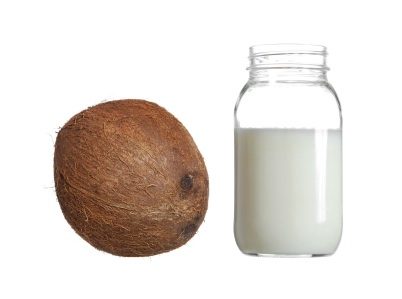
Coconut cream for heavy cream
Coconut milk isn’t just for curries. If you like the subtle taste of coconut, you can also use it to substitute heavy cream in baking and cooking. It also has a surprising secret when it’s cooled. If you put a can of coconut milk in the fridge overnight, the thickest, creamiest part of the milk will rise to the top of the can. Without shaking the can, remove the lid, scoop out the thick layer with a spoon, and whip it with some maple syrup and vanilla-it makes the perfect sweet substitute for whipped cream.
“Coconut milk is a big source of fat, like heavy cream, but unlike heavy cream, the saturated fat in coconut milk seems to raise HDL (good cholesterol) versus bad cholesterol,” says Beck.
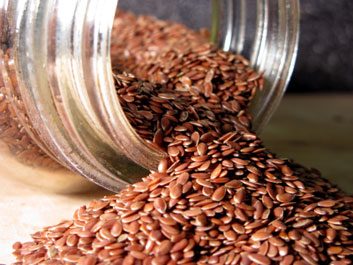
Flaxseed for eggs
Eggs can provide the right consistency to bind baked goods-but they’re not the only thing that can. Ground flaxseed, when combined with water, turns gel-like and provides the perfect replacement for eggs. For every egg you replace, combine 1 tbsp of flax with 3 tbsps of water.
The benefit?
“You’re cutting out the saturated fat and cholesterol, plus you’re adding soluble fibre to your dish, as well as a phytochemical called lignin that is thought to help reduce the risk of breast cancer,” says Beck. “And you’re getting omega 3 fatty acids.”
Not only that, but eggs have more fat and cholesterol than flaxseed. “If you’re having an egg instead, you’re getting 75 calories, 5 grams of saturated fat and 190 mg of cholesterol,” says Beck.
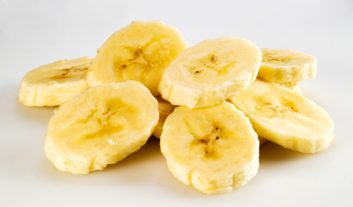
Mashed banana, applesauce or avocado for butter or oil
Not only does banana add a natural sweetness to baked goods, it’s also moist, so it can replace oil or butter.
“Banana has no fat,” says Beck. And if you use it in place of butter or oil, you’ll “cut calories and fat and add potassium.”
Don’t love the idea of banana? You can also use avocado.
“Avocado is a healthy source of fat. It’s mostly monounsaturated fat-the same type found in olive oil,” says Beck. What makes it different than oil is the fact that it’s also a fruit, which means it provides the “nutrients that come in whole foods,” according to Beck. “You’ll also get some phytochemicals, vitamins and minerals that you don’t get in processed oil.”
Another simple substitution is applesauce, which can help provide the right consistency in baked goods and, according to Beck, it also cuts calories and fat.
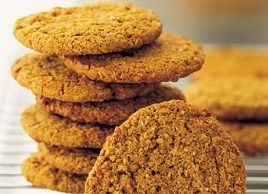
Whole grain spelt flour for white flour
There are lots of different types of flours that can be used in baking-spelt, rice, quinoa and many more. But the easiest replacement you can make to boost nutrients without having to alter the rest of a recipe is trading white flour for spelt.
Not only does it have “more fibre and more antioxidants,” according to Beck, it’s also got “less gluten in it than durum (standard) wheat.”
The bonus? People with sensitive tummies at holiday parties will be able to more easily digest your delicious baked goods.
“Some people can tolerate it better if they’re sensitive to wheat,” says Beck.
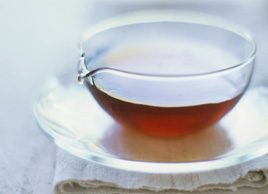
Agave nectar for sugar
If you want sweet baked goods-without the sugar crash-replace each cup of sugar with 2/3 of a cup of agave nectar in your favourite recipes.
“Agave nectar has a very low glycemic index, so it doesn’t cause spikes in your blood sugar like white sugar does,” says Beck.
Why is that important?
Because you don’t want to spend your night craving sugar and feeling tired.
“High glycemic foods result in an outpouring of insulin into your blood, which brings down your blood sugar sooner-meaning you’ll be hungry sooner,” says Beck. “With agave nectar or any other low glycemic food, it causes blood sugar to rise gradually, so your energy level stays up longer, and you don’t have cravings.”
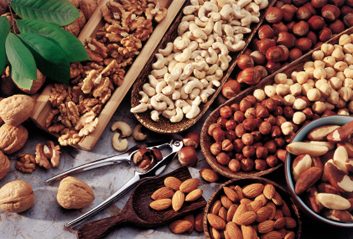
Nuts for croutons and breadcrumbs
Croutons add a nice crunch to salads, and breadcrumbs add a crispy topping to any dish-but there’s a healthier way to add crunch and crisp to your cooking: Nuts.
Nuts provide “a source of healthy fats, protein, vitamin E, other vitamins and minerals,” says Beck, “Plus they helps maintain healthy blood pressure and healthy blood cholesterol.”
Related:
• 3 tricks for healthier baking
• Our best raw recipes
• 6 healthier craving substitutions
